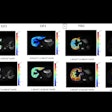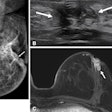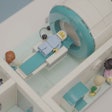The American College of Radiology (ACR) has released an updated manual on MRI safety.
The online document revises the way information is organized and made searchable, includes new data and evidence, and indicates areas where data are lacking to support definitive MRI recommendations, wrote a team led by Ivan Pedrosa, MD, PhD, of the University of Texas Southwestern Medical Center in Dallas. The group's analysis was published April 1 in Radiology.
"[This updated manual] offers general guidelines and recommendations for best practices that are based on the consensus expert opinion of the committee members and available literature, with the goal of minimizing the risk of adverse events in real-world MR clinical and research settings, noting pressures related to throughput, financial considerations, and potential personnel shortages, among others," the group explained.
MRI safety came to the fore in 2001, when 6-year-old Michael Colombini died during an MRI exam from a blow to the head from a ferromagnetic oxygen tank. A year later, the ACR published MRI safety guidelines; it has released regular revisions ever since. This document updates the college's 2020 guidelines.
The new manual includes the following sections:
- MRI safety, policies, and standard operating procedures. Outlines the risks of MRI related to the static field, the two time-varying fields, the gradient field, and the radiofrequency, and recommends a management structure that includes an MRI medical director (MRMD), an MRI safety officer, and an MR safety expert.
- The MRI environment: MRI site planning and MRI zones. Urges that "plans for the design of a new MRI facility should be reviewed by experienced personnel familiar with patient safety and patient flow considerations."
- MRI personnel and staffing. Notes that MRI personnel are distinct from non-MRI personnel, in that they have passed MRI safety education defined by the MRMD.
- MRI screening. Outlines protocol for screening any person, from patients and research participants to companions and staff, before entering zones III and IV.
- Full stop and final check, examination preparation, and completion. Explains the need for a "full stop and final check" before proceeding with the exam.
- MRI fields and safety concerns. Describes the primary sources of safety concern associated with MRI.
- Objects and medical devices in the MRI environment. Outlines how patients should be dressed before entering the suite and addresses the storage of portable metallic objects and equipment.
- Emergency situations. Urges that "MRI facilities should develop policies and standard operating procedures to address emergent situations specific to their equipment and environment," including protocols for emergency stops to exams, power off to the suite, and magnet off.
- Special patients and personnel. Describes how special patient populations (pregnant healthcare providers, patients, research participants, those experiencing claustrophobia or anxiety, those with large bodies, and prisoners) should be considered in the MRI suite.
- Alternative MRI environments. Discusses alternative MR imaging, i.e., MRI simulators in radiation oncology, perioperative MRI, and mobile MRI systems.
The updated document "[reminds] us all about our obligations and responsibilities regarding the often-overlooked safe execution requirement," wrote Emanuel Kanal, MD, of the University of Pittsburgh, in an accompanying commentary.
"It behooves all who will be overseeing safety in MRI environments, whether just occasionally supervising safety on our patients' examinations or taking on the role of MR Medical Director, MR Safety Officer, or MR Safety Expert, to be thoroughly familiar with this latest 2024 version of the ACR Manual on MR Safety," he concluded.
The complete article on the MRI safety manual can be found here and the new manual can be found here.



.fFmgij6Hin.png?auto=compress%2Cformat&fit=crop&h=100&q=70&w=100)


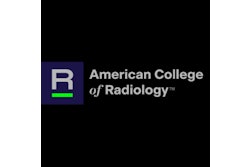
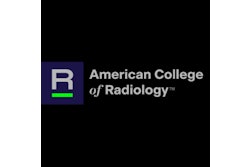
.fFmgij6Hin.png?auto=compress%2Cformat&fit=crop&h=167&q=70&w=250)

